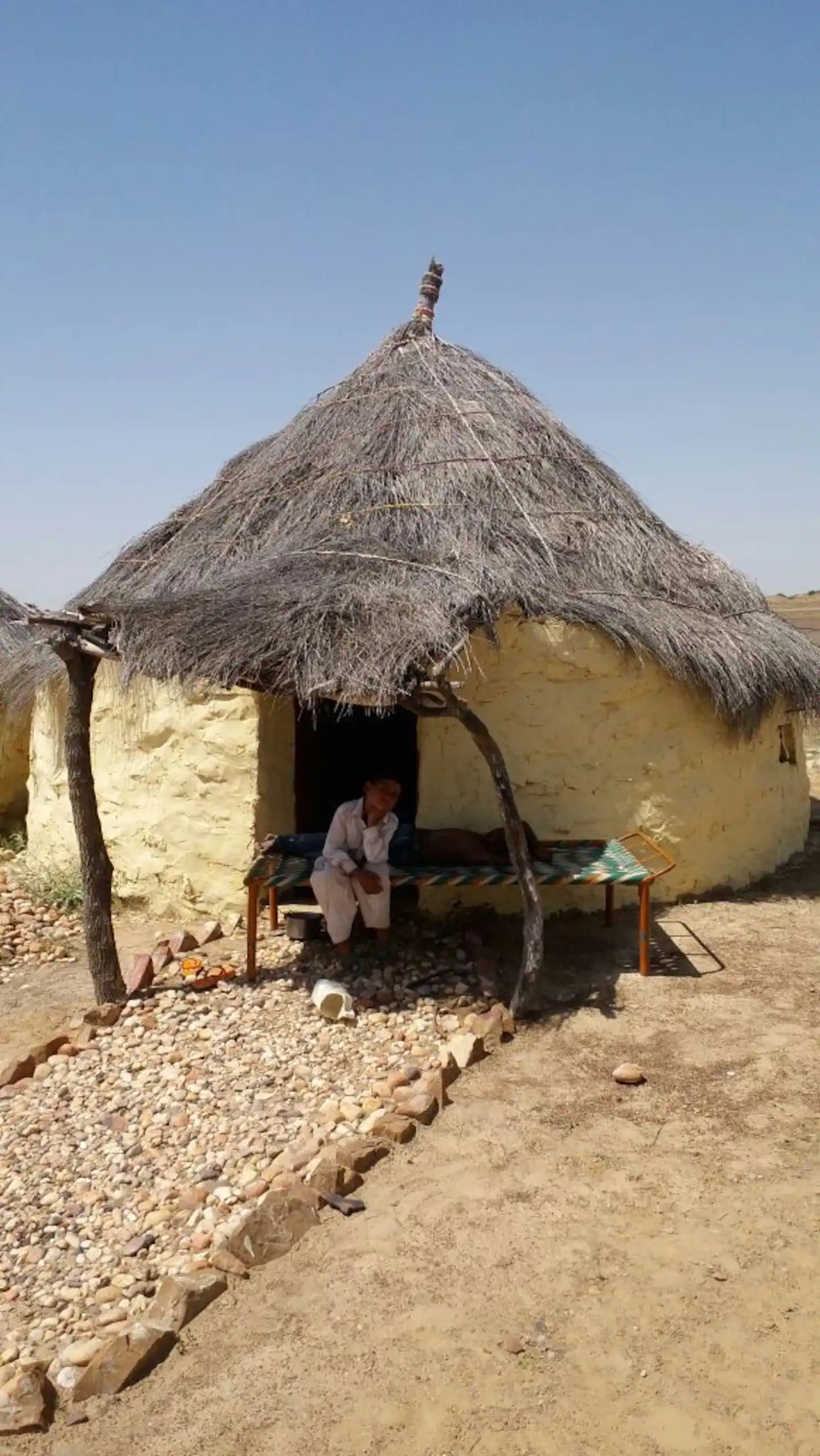Desert Types
What is a Desert?
Desert is that part of planet which is usually extremely dry and hot. It is a region of Extremes. Though it is the hottest habitat on earth with temperature crossing 100 degrees Fahrenheit, it can be extremely cold and windy too. The nights at desert, particularly winters is extremely cold and there is usually a big variance in the day and night temperatures. The harsh extremes of heat and lack of moistures make it one of the most fragile eco-systems on our planet. About one third of our land is either desert or in the form of semi-desert. The land at desert is usually sandy but can be stony and rocky as well. The land is normally in the form of rolling hills but at places it can be flat also.

Types Of Desert
Two major classifications of deserts are: Hot Deserts and Cold Deserts. Cold deserts are covered with snow and get their moistures through snow whereas the hot deserts get moistures only when it rains. The deserts can have different climatic conditions on account of their locations. The deserts at the sea-shores are among the driest on the earth.
Top Deserts of the World
Following are the world’s 14 largest deserts. In our discussions in this website, we will, however, confine largely to the desert in India i.e., the area falling mainly in the Indian state of Rajasthan earlier known as Rajputana or Marwar. Further, the concept of saving the desert, in this website, has been widened to cover saving the culture, traditions and heritage of the area and is not confined to saving the Sand Dunes, desert areas and maintaining the geographical and ecological balances.
Boundaries
Thar Desert, also known as the “Great Indian Desert”, is a large, arid region in the northwestern part of the Indian subcontinent. With an area of more than 200,000 sq. km., (140,000 sq. miles) it is among the world's 20 largest deserts. It lies mostly in the Indian state of Rajasthan, and extends into the southern part of the states of Haryana and Punjab and into northern Gujarat. In Pakistan, the desert covers eastern Sind province and the southeastern part of Pakistan's Punjab province. Though the boundaries of a desert is ill defined, yet politically, the Thar desert is bounded as—
- North West -- Sutlej River
- East -- Aravali Range
- West -- Indus River
- South -- Rann of Kutch.
- Adjoined by -- The Cholistan Desert of Pakistani Punjab
Rainfall
Desert is a barren or desolate area with minimum rainfall. The casual rainfall is sometimes insufficient to wet the floor and vapours before it reaches the extremely hot sand. The inhabitants of deserts do not see rains for generations and therefore, there are myths, stories and misconceptions about the rains. In Indian part of desert, the rain clouds are ranked as ‘God’ and are often worshipped. The inhabitants of Thar Desert in India had not seen the rainfall for ages till the famous Pokhran Nuclear Blasts took place, which made India a Nuclear Power in 1974.
Crops of Thar
The economy of Indian part of Thar, mainly in Rajasthan is agriculture-based which is dependent on availability and supply of water. Sourcing of water is a costly and difficult affair yet the inhabitants have no alternate but to depend on Agriculture. The administration has failed to recognize and provide alternate employment opportunities. More than 70 percent of the population lives in rural areas and is dependent on farming. Cereal crops such as bajra, juar, wheat and barley cover the largest cultivated area. The Indira Gandhi canal, popularly known as Rajasthan canal provides irrigation to the arid western districts of Bikaner and Jaisalmer. The main crops in the desert regions are:
- Bajra (Pennisetum typhoideum) -- Rajasthan is the largest producer of bajra in India.
- Barley (Hordeum vulgare) is the second largest crop in Rajasthan.
- Juar (Sorghum vulgare) is an important crop during the monsoon.
- Gram (Cicer arietinum)
- (Triticum sp.) is cultivated in a very limited area in the desert area having irrigation facilities.
- Maize (Zea mays) Known as ‘Macca’ is used and eaten with butter and Mustard (Sarson).
- Groundnut is a major kharif oilseed crop, largely cultivated in and around Bikaner district and is known as ‘Moongfalis’ in local language.
- Sesame -- Rajasthan provides the second highest quantum of sesame (Sesamum indicum) known as ‘Til’ in India.
- Cotton (Gossypium sp.)
Wild Species in the Thar
Many wild life species, some of them not found in other parts of the country can be found in Thar. Some of them are:
People
Huts in the Thar desert
The people of deserts are simple, peace loving, religious and have great passion for poetry, music, art and culture. The living standards of the people in the desert is low. The Thar desert is the most densely populated desert in the world, with a population density of 83 persons per square kilometre. The main occupation of the people in desert is agriculture and animal husbandry. In the years gone by, there has been a tremendous increase in human and animal population. This has led to improper control of grazing and extensive cultivation resulting into the deterioration of vegetation resources. The increase of human and livestock population in the desert has led to deterioration in the ecosystem resulting in degradation of soil fertility.
Jodhpur, the largest city in the region, lies in the scrub forest zone. Bikaner and Jaisalmer are located in the desert proper.
A large irrigation and power project has reclaimed areas of the northern and western desert for agriculture. The small population is mostly pastoral, and hide and wool industries are prominent.
The Indian Desert is mainly inhabited by Hindus, Muslims, and Sikhs. The portion in Pakistan is inhabited primarily by Sindhis and Kolhis. A colorful culture rich in tradition prevails in the desert. The people have a great passion for music and poetry.
